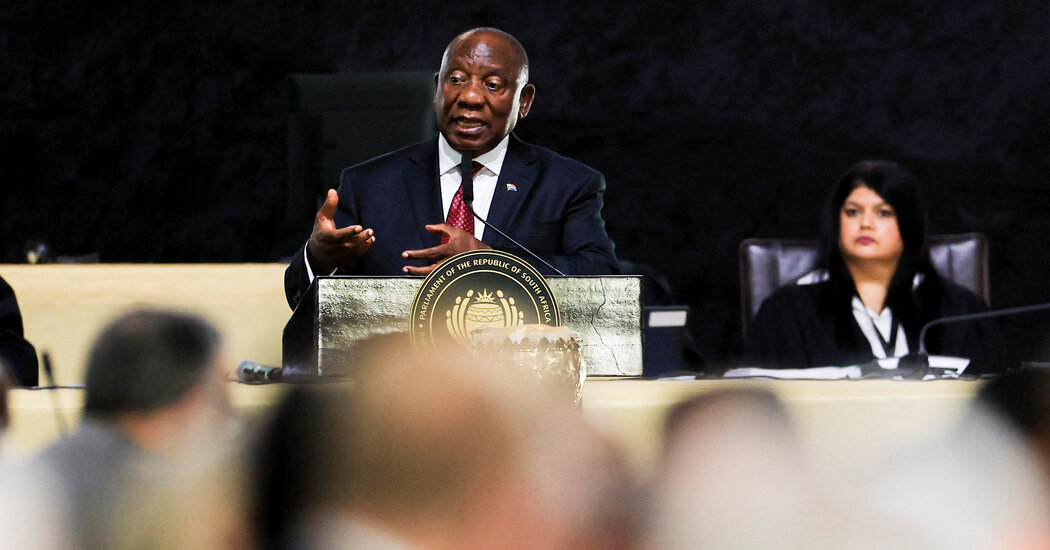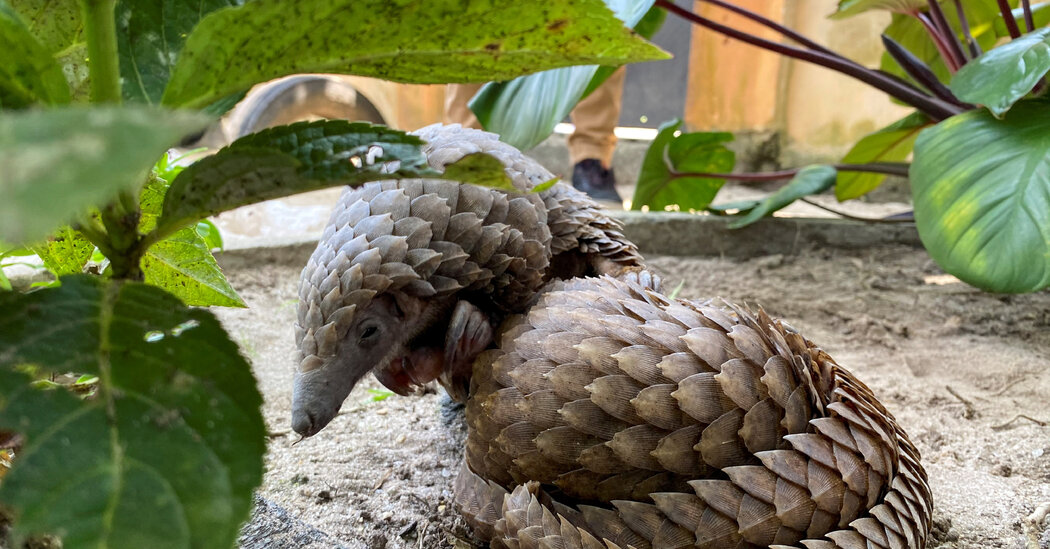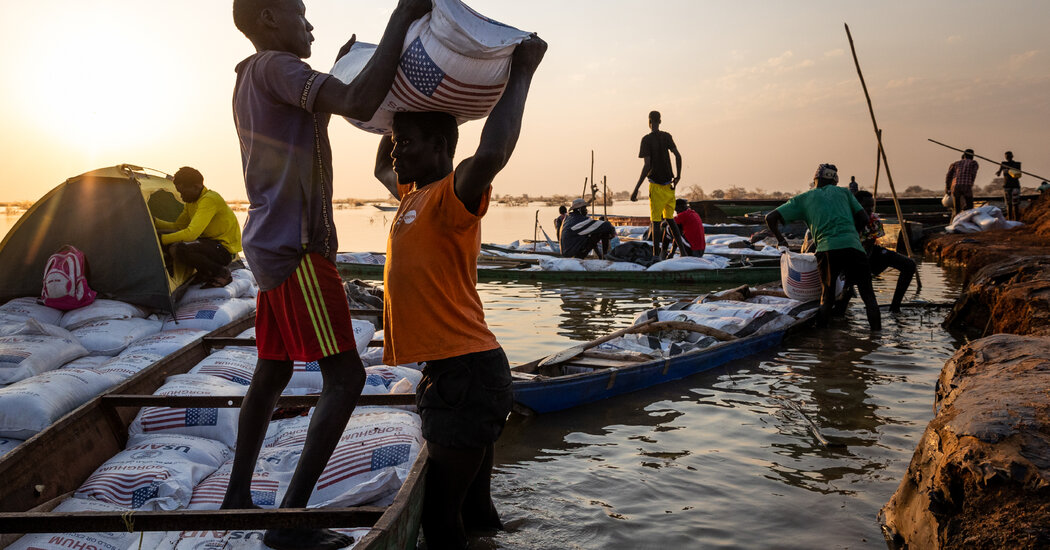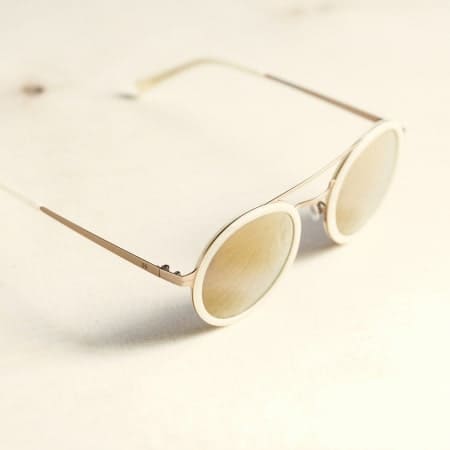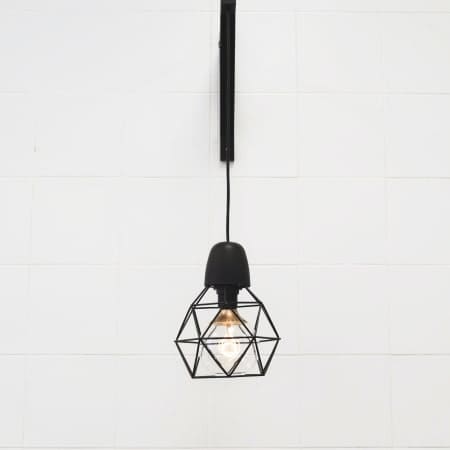
Chaos surrounded us. Casual porters rolling baggage carts zigzagged between automobiles. Commuters spilled from the bus terminal onto the sidewalk, the place they sat on suitcases and duffel baggage. Minibus taxis zoomed in the course of the congestion, pedestrians be damned.
Our vehicle crawled age a barbed-wire fence and reached a sliding gate, the place all that separated my spouse and me from the unoccupied quantity at the alternative aspect used to be a safety barricade. “Blue Train,” I mentioned, and the barricade waved us via.
We pulled as much as a blue carpet then to Cape The town’s central teach station, the place two butlers in blue vests and white gloves greeted us by way of title and unloaded our baggage prior to ushering us right into a ready room that used to be decidedly extra upscale than the only within the adjoining development for bus vacationers. We lounged on plush sofas with a couple of accumulation alternative passengers, stress-free to piano song and taking part in a variety of fruit, pastries, sandwiches and glowing wine.
I had traveled to this admirable South African city, the place the sea meets the mountains, extreme December to take pleasure in a bit of of Gatsby-like luxurious by way of taking a commute at the nation’s mythical Blue Educate. It’s an journey that turns a two-hour aviation (plus a 45-minute power) from Cape The town to Pretoria right into a two-night, 994-mile revel in, with all of the pampering and wonderful vistas you might be able to ask for.
The Blue Educate, whose origins future again a century, is supposed to rouse exclusivity. And that’s precisely what you’re feeling whilst you’re ready in the living room, a free global from the gritty city commotion out of doors. The tin shacks you flew over when touchdown on the Cape The town airport have been out of vision, as have been the population who approached your vehicle inquiring for cash, and people who pitched tents on side road corners within the silhoutte of shiny condominiums and waterfront eating places.
The whiplash between profusion and destitution is one thing that I nonetheless haven’t grown happy with in my just about 4 years because the Johannesburg bureau prominent for The Instances. South Africa is probably the most unequal nation on the earth, consistent with the Global Reserve, a fact on show nearly any place you move throughout this giant community of greater than 60 million population. The inequality is in some ways the legacy of apartheid, a decades-long racial caste device through which the rustic’s former white-minority executive violently segregated nonwhite South Africans into communities that have been left to rot.
All the way through the thick of apartheid simply over 40 years in the past, Joseph Lelyveld, one in every of my predecessors on this task and a former govt essayist at The Instances, chronicled this identical commute at the Blue Educate in an editorial for the Go category. Despite the fact that it used to be the rustic’s handiest desegregated teach on the while, it used to be uncommon to peer Dim passengers on account of the prime price. The teach, he wrote, introduced “a window on a society that is compartmentalized on or off the rails.”
Lelyveld, who died extreme occasion, added, “Outside the train, you can catch some reasonably telling glimpses of the uneven ways in which land and labor are apportioned under the South African system.”
Now, 3 many years next that racist device have been undone, I puzzled how the commute and the rustic it showcases would possibly have modified. Racial segregation is not felony, and South Africans would possibly now reside and paintings anywhere they would like, without reference to pores and skin colour.
However from the week I walked into the living room, I spotted that this commute would deal a firsthand view of the staggering inequality and racial divide that proceed to bedevil South Africa.
The price of the teach rest prohibitive for lots of. Charges, which come with seven foods and as many beverages as you need over a kind of 54-hour commute, get started at just about $4,000 for 2 population for the bottom room sort within the off-season, and climb to greater than $6,000 for probably the most sumptuous rooms all through prime season. 3rd-party distributors deal considerably discounted programs for South African citizens that come with lodge remains.
My spouse and I accounted for 2 of the 4 Dim passengers. The handfuls of alternative passengers have been white — most commonly foreigners, but in addition a handful of South Africans. It used to be the alternative approach round for the team of workers: All however one in every of them have been both Dim or coloured, a multiracial classification in South Africa.
Our retirement while got here and went past we waited. The teach supervisor stood on the entrance of the living room to deal a proof: Somebody had pelted the teach with stones because it approached the station that morning, and technicians have been repairing a shattered window.
Hour the pelting will have been the results of younger mischief, I couldn’t support however consider one thing many South Africans have informed me: The ostentatious show of profusion by way of the privileged few can really feel like a slap within the face to the loads who’ve been excluded from post-apartheid prosperity. And few issues yell profusion greater than a teach with scorching showers, air-con and an unhidden bar crawling age settlements the place many population reside in shacks with out working H2O or electrical energy.
The Blue Educate used to be established when the moneyed elite from around the globe descended on South Africa searching for gold and wanted a solution to get from the Cape harbor to the mines akin Johannesburg. Naturally, the workaday passenger coaches wouldn’t do the task. That resulted in the establishing of coaches decked out with what have been luxurious options on the while: card tables, ceiling enthusiasts and sinks with cold and hot H2O.
When it used to be while to journey, our assigned butler led us ill the hallway to our suite, one in every of 37 at the 18-car teach. The suites range by way of mattress sort and toilet facilities. Ours had a double mattress that used to be folded up into the wall all through the hour, departure a two-seat sofa to front room on past we soaked up the view out of doors a heavy window. Our toilet had a bath with a gold, hand held showerhead. Our cabin featured a tv with Netflix, (spotty) Wi-Fi and a far off keep an eye on for the curtains and blinds.
The teach evoked a form of Gilded Week, with paneled partitions, brass sconces and Italian marble tiles. There have been two front room automobiles (one for people who smoke) with plush sectionals and a twisted granite-top bar. For formal foods there used to be a eating vehicle with white tablecloths.
Prickly nuances and charming surroundings
We took off round 2 p.m. on a Thursday, with our arrival in Pretoria scheduled for past due Saturday afternoon. As a result of we have been departure past due, there used to be negative formal lunch; rather, the team of workers arrange bright bites within the statement vehicle — the extreme vehicle at the teach, with the most important home windows.
I loaded up a plate with grilled prawns, risotto balls, rooster with a candy chile glaze, and skewers with cheese, tomato and cucumber, and settled in because the teach crept out of central Cape The town. The primary a part of the commute decrease via a number of townships, the outlying communities that the federal government limited nonwhite South Africans to all through apartheid and that these days nonetheless in large part endure the consequences of needful funding.
There have been piles of trash on both sides of the monitor in some parks. Dice-shaped tin properties hugged the tracks so intently that it appeared as despite the fact that the corrugated roofs of a few would possibly scrape the teach. A non-public safety vehicle drove along the tracks; a team of workers member then informed me that safety escorted the teach via sure city grounds to thwart possible vandals. Some locals stared because the teach jogged age, past giddy kids waved and smiled.
As we took within the humble communities in entrance folks and the beautiful inexperienced mountains within the distance, a noisy thud rocked the statement vehicle. Nearly everybody snapped their heads round, wide-eyed. Somebody had whipped a rock on the teach.
“What kind of people are they?” sighed a South African passenger, who informed me she used to be frightened most commonly about what guests would possibly bring to mind her nation.
Some guests had enough alternative to create the ones reviews prior to they onboard.
“Many things changed. Positive,” a Swiss girl sitting akin me informed a white South African girl, reflecting at the residue between her first commute to the rustic within the early Nineteen Eighties and now. Again after, the entirety used to be separated, she mentioned.
However the South African passenger defined to the Swiss girl and her husband how population, in her view, had damaged ill because the finish of apartheid. She described downtown Johannesburg as “a no-go zone” and mentioned when you power there rejected as a lady, “definitely, you will be hijacked.” It used to be a playground filled with squatters who burn ill constructions, she mentioned, suggesting that issues went downhill when South Africans as soon as confined to townships were given their democracy.
“With integration these people all moved into the city center, and now it’s a mess,” she mentioned.
The ones sentiments aren’t sudden. I’ve heard South Africans of all races and ages whinge about lawlessness and decaying infrastructure. Crime charges are prime around the nation, and a fireplace in Johannesburg that killed dozens two years in the past introduced international scrutiny to the town’s blight.
There are sophisticated causes portions of South Africa are suffering. However no person appeared within the temper to delve into the prickly nuances of aggregate dispossession, inherited wealth disparities, needful governance or the affect of worldwide finance. We have been slightly below 3 hours into the commute and the surroundings turned into so charming that good-looking a lot everybody within the vehicle fell right into a quiet amaze.
The teach, perched above the Minute Berg River, snaked its approach via a valley north of the wine the town of Paarl, with rocky inexperienced and yellow hillsides round it. We chugged on via Western Cape province parks so persistently towering that it’s worthwhile to simply start to pluck them without any consideration. Flat disciplines the place livestock foraged have been illuminated gold by way of the atmosphere solar, with hulking mountains within the background.
An ‘honest’ soil
The teach blocked for a H2O fill up on the Worcester station. That’s the place we have been served dinner by way of the attentive team of workers who have been desperate to destroy us. Dinner used to be supposed to be an lavish affair, with males requested to put on blazers and ladies night clothes. Choices for the three-course menu integrated uncooked salmon, rice noodles, pumpkin soup and lamb noisette.
The prevent used to be scheduled for roughly half-hour, however the teach stayed for greater than an era and a part, via our complete dinner. Incorrect rationalization used to be given. Some South Africans had warned me prior to the commute to be ready for sudden delays. The rustic’s rail infrastructure has been beleaguered for years, partly on account of corruption and mismanagement inside of Transnet, the state-owned rail corporate that owns and operates the Blue Educate.
By way of the while we have been transferring once more it used to be dusk, too cloudy to peer what my predecessor, Lelyveld, had described as a “dramatic ascent through the Hex River Pass, where it loops back on itself 16 times in the course of climbing 1,600 feet in only 15 miles.”
Once we retired to our room, the mattress used to be smartly ready by way of the butler, who had left candies on our nightstand. Within the morning, the plush greenery of the Western Cape had given solution to the brown shrubs of the semi-arid Northern Cape province. The surroundings used to be other however negative much less impressive. This used to be the Blue Educate at its excellent, showcasing South Africa’s giant and various good looks.
There used to be one thing fair about it, too. The parks themselves informed a tale of South Africa’s travel as a community. The teach rolled via Hutchinson, a former railway junction within the Northern Cape the place it’s worthwhile to see that the respect days of South African rail have been within the age. The brick constructions within the used station have been gutted and alone, with out roofs. However we additionally were given a glimpse of what might be a part of the rustic’s financial date, passing a breeze farm and a sun ground.
Breakfast used to be pastries, fruit, eggs, bacon and French toast. We crossed the mighty Orange River, and after it used to be lunch while.
A negligible then, we blocked within the town of Kimberley for the commute’s lone tour: the Obese Hollow diamond mine. The primary diamond discovery there used to be made in 1871, atmosphere off a hurry that may ultimately create Kimberley one of the fruitful and biggest hand-dug diamond mines on the earth. It closed 43 years and 14.5 million carats then. Many years next that, the well-known diamond corporate, De Beers, which were given its get started in Kimberley, funded a museum at the web site.
We browsed the shows, which integrated a reproduction underground mine. From a suspense bridge that shakes with the breeze, we were given a view ill into the Obese Hollow, which seems like a turquoise pond on the base of a deep crater. A plaque at the bridge paid homage to the population of the Royal Bafokeng Crowd, an ethnic crew whose laborers died running on the Obese Hollow — a nod to mining’s exploitative historical past in South Africa.
‘You see what you see and you keep going’
That night, I clean-shaven off salmon for dinner and we made our solution to the living room vehicle for an evening cap. A saxophonist performed safe tunes and the blue carpet was a dance ground. The festive vibe used to be indicative of the South Africa I’ve come to grasp: a playground of pleasure and creativity.
As we rumbled via communities south of Johannesburg refer to hour, within the ultimate hours of the commute, I thought of how the temper from the evening prior to performed towards what I noticed out the window: dilapidated factories enveloped in timber and weeds. This department, as soon as a producing hub, used to be now a tragic marker of the rustic’s business and financial lessen.
“It’s two worlds,” a French vacationer who used to be visiting for the primary while informed me, explaining that what she’d skilled within the nation used to be not like the rest she had encountered as a humanitarian colleague in West Africa.
She used to be speaking concerning the utmost poverty and utmost wealth that reside side-by-side in present-day South Africa, however she would possibly have mentioned the similar factor to Lelyveld had she been at the teach with him 4 many years in the past.
From the cozy confines of the Blue Educate, I noticed a South Africa that used to be indistinguishable to the person who Lelyveld noticed: the breathtaking good looks, the rank poverty, the racial segregation. However a teach, like a cruise send, has its obstacles. You spot what you spot and also you retain going.
I’ve had the good thing about exploring the rustic at a extra steady occasion. I’ve met Dim marketers thriving in disinvested townships. I’ve been to swanky eating places the place the diners are Dim and white they usually’re all dressed to the nines and swirling their wine with the similar degree of pretension. I’ve clear the tactics through which South Africa, despite the fact that some distance from absolute best, is an overly other playground than the person who Lelyveld explored.
And so once we arrived in Pretoria, I hopped off, appreciating that this commute had allowed me to peer the rustic in some way that few others have, however realizing it handiest informed a part of South Africa’s tale.

